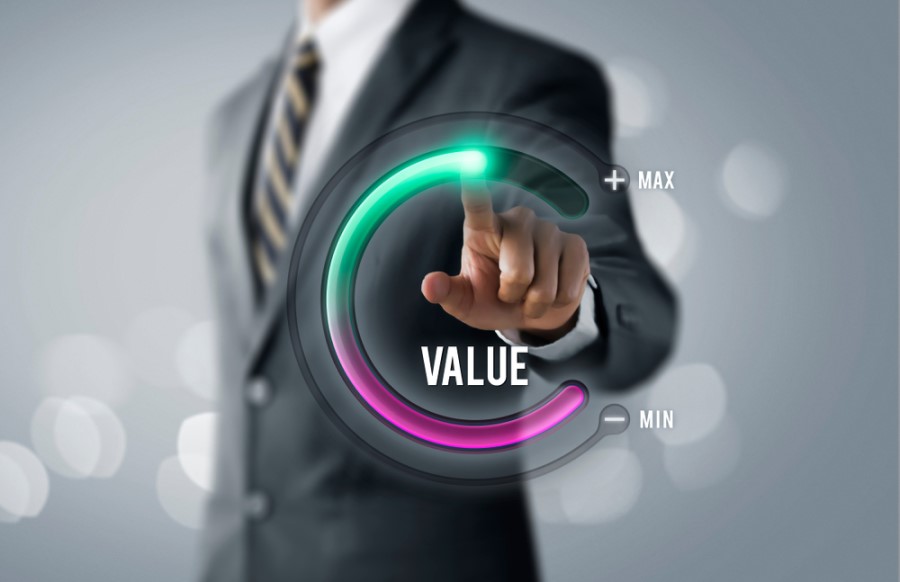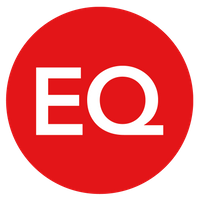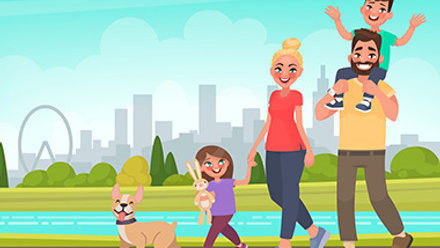How to get better value from your total reward package

Why is this important? Because, faced with an underlying economic catastrophe, everything right now is about business recovery. This is about survival. And employers worldwide are going to be looking at what – and, in many cases, who – is and isn’t adding value during the return to work phase in order to “up” the numbers.
That said, this need to drive value isn’t anything new. The pandemic has simply further highlighted existing circumstances. Pay isn’t the big pull these days, for the younger generation anyway. Companies simply cannot afford to compete for the best talent on the basis of pay anymore. They’re all trying to do more with less.
What’s more, people are looking for authenticity in all aspects of their lives, and their employer is no exception. They want to know that the company they work for stands for something more than profits and offers a sound work/life balance.
Communicating this to current and future employees has to come from all aspects of a business and be reinforced on an ongoing basis, from hire to retire.
Employees are customers
Reward must be communicated in a way that resonates with all your employees: whatever their age, gender, location or interests. Success relies on sending the right message to the right people at the right time. For this you need to mix marketing and brand basics – along with internal communication expertise – into your reward recipe.
This is no mean feat and not something that you’re going to single-handedly come up with overnight.
Start by talking with colleagues in marketing and brand to gain an understanding of how they attract and hope to retain customers. There are strong parallels with the in-house experience for employees.
Just like customer loyalty, employee loyalty relies on relationship building and trust. This can only be achieved by really getting to know your employees’ needs.
This seems logical so far. But considering everyone’s different, how on earth can you hope to:
- get to know individual wants and needs
- come up with the ways and means to target benefit communications accordingly.
Tools for the job
Thankfully, there are whizzy platforms – otherwise known as geodemographic tools – that can do all of this for you.
Here’s how it works. The more detailed the geodemographic tool the better. This technology is traditionally used in a marketing environment to break down consumer data into segments. It is based on millions of consumer data points over hundreds of demographics, behaviour, lifestyle and geographical dimensions, collected from third party survey data, open data and using consumer marketing databases. From this information, marketeers derive important insights to help deliver more meaningful messages.
All of this can be applied to a discrete workplace and incorporated into a total reward platform. This can help you assess who’s using what benefits and, if people aren’t using benefits to which they’d be suited, why not. Also, by using triggers and multi-channel communication, you can automatically target different cohorts in line with life stages, allowing you to influence individuals more positively.
Measuring impact at each step of the way is also key and that’s why such communication tools must also include engagement measures as standard.
In short, the requirement for value creation might not be new, but the imperative is. Smart employers are turning to a mix of the latest technology and traditional communication techniques to ensure a total reward package that is designed for use.
The author is Andrew Woolnough, director, EQ HR Solutions.
This article is provided by EQ HR Solutions.
Supplied by REBA Associate Member, Equiniti
Hi we are EQ; some may know us as Equiniti! We provide specialist reward, benefits and payroll solutions.







